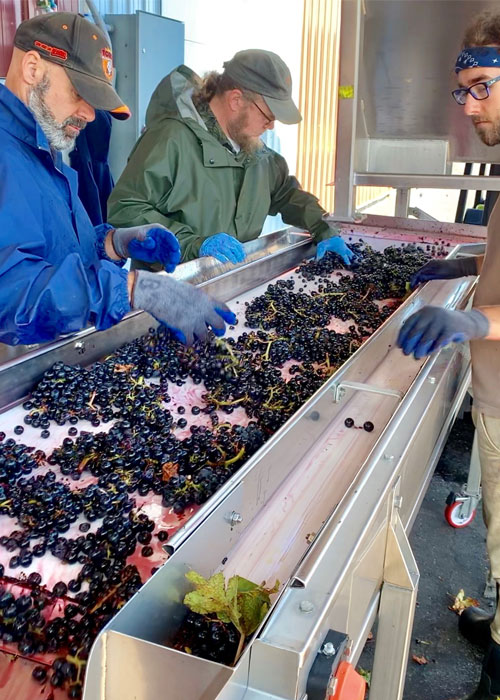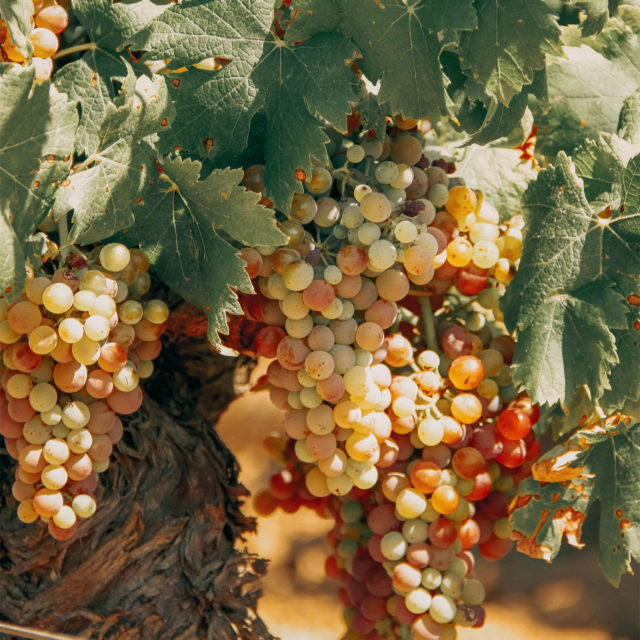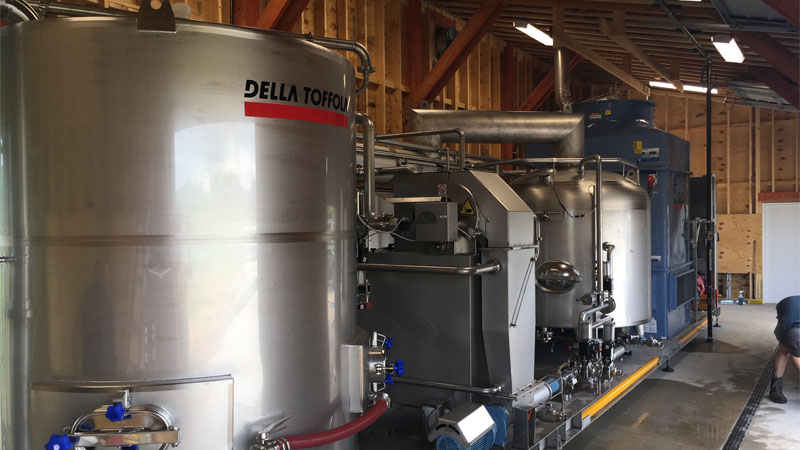Although flash pasteurization (the rapid heating and cooling of wine) has been a standard practice for creating mevushal kosher wines, wine enthusiasts have long lamented that the process compromises the quality of the wine. However, a new technology called flash détente is catching on, and winemakers from all over the world — most not involved with kosher wine production — have been keen to explore its uses.
What Is Flash Détente?
Flash détente — a.k.a. flash pasteurization 2.0 — has been quietly used in France for years. It’s a fairly simple process: Fruit is crushed and de-stemmed, then pumped into the flash détente machine. That mash is heated for about three minutes to a temperature of 180 degrees Fahrenheit, then pumped into a vacuum chamber, where it is rapidly cooled. It’s in this vacuum process where the magic happens; the cell structure of the grape explodes, releasing tannins and color compounds. Ten percent of water is also removed, resulting in more concentrated flavors.
David Flaujac of Vignobles Flaujac in Entre-Deux-Mers in Bordeaux started working with the technology in 2008. “The flash détente helps us to make more complex blendings and create wines with a dark color, more expressive fruit aromas, and a more soft and complex taste,” he says.

A Growing Trend
The first flash détente machine was brought to the U.S. in 2009. After consulting winemaker Barry Gnekow was introduced to samples of Bordeaux wines that went through flash détente, he realized the process might be the solution to problems facing his clients. Flash détente not only brings forth tannin and aromatic elements, it mitigates unwanted characteristics, such as pyrazines, the compound responsible for bell pepper and vegetal notes, commonly found in underripe grapes. Nicky Hahn of Hahn Family Wines, one of Gnekow’s clients, put down money for the first machine. Gnekow shared samples with his other clients, and as demand grew, more machines were installed; today there are about 13 in the U.S., according to Gnekow.
At first it was primarily used on “problem” vineyards — sites that didn’t ripen properly or were prone to mold and mildew, as the heat killed off the dangerous pathogens. But Gnekow started trials with premium grapes and found it an economical option for creating high-quality wine.
It’s generally agreed that most premium wines are barrel-fermented; however, extracting all the desirable elements like tannins and color can be a labor- and time-intensive process, not to mention an expensive one. At Klinker Brick Winery in Lodi — one of Gnekow’s clients — head winemaker Joseph Smith puts into barrel the juice that’s been through the flash and has already extruded all those desired compounds. “You are actually getting a product that’s a little further ahead, probably, in our estimates, about six months in advance,” he said. By eliminating the need for pumpovers, barrel rotations, and the removal and replacements of barrel heads, flash détente helps them achieve results faster and cheaper.
A Technique That Helps in Challenging Circumstances
Flash détente is really making waves in climates where grape ripening is not easy or uniform. Lee Lutes, winemaker at Black Star Farms in Michigan, finds that the technique is an aid in the cold northern climate, not just for its ability to extract desirable compounds in grapes, but for salvaging entire crops. “Underripe fruit is one thing,” he says. “But when you get diseased fruit that you can actually make use of, that can be a big deal for a grower. You can do everything right and you’ve still gotten so much late-season rain that botrytis is setting in on your beautiful Pinot Noir crop, and it’s so close to being picked, but it maybe hasn’t quite broken through [to the proper sugar ripeness levels]. With the flash détente as an option, the grower is able to actually pick the whole crop, have it flashed and not worry about that little bit of a botrytis that might’ve been in there.”
Flash détente is also gaining traction as a potential answer to a growing problem: smoke taint. According to Gnekow, recent trials find flash removes “50 percent of volatile smoke molecules” from the wine. He notes the type of smoke and its contact with grapes — such as whether it blows across them, or sits stagnant for a period of time — affects the outcome, but the results appear promising.
Helpful but Still Controversial
Despite all the advantages, flash détente is somewhat controversial as some see it as a highly manipulative process. Klinker Brick’s Smith, however, argues the opposite. Noting that there is a whole roster of chemicals and additives available to winemakers nowadays, “This stuff right here, it’s pretty much, think about it, heat and air,” he says. “There’s no kind of chemicals added to this.” He says that the results given by the flash machine eliminate the need to chaptalize, acidify, or impart other high-intervention methods.
As more wineries and regions take note of flash détente and its capabilities, its uses continue to grow. From salvaging difficult harvests to creating quality wines at lower cost — and even finding a solution to smoke taint — flash détente is sparking interest in the wine industry.
This story is a part of VP Pro, our free platform and newsletter for drinks industry professionals, covering wine, beer, liquor, and beyond. Sign up for VP Pro now!

